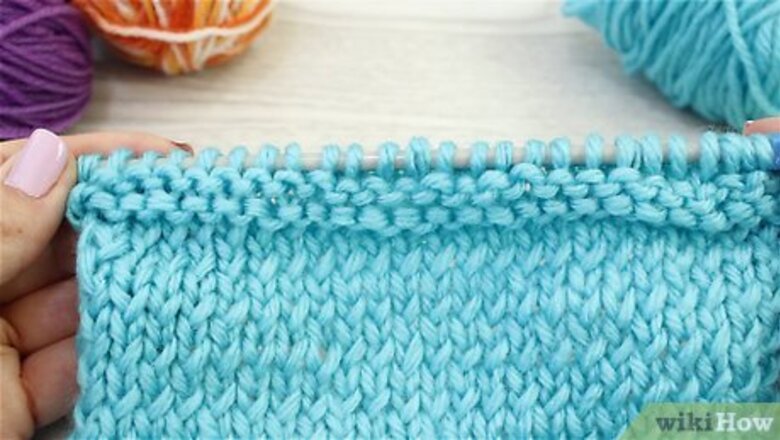
views
Add 2 rows of garter stitch to the hem.

Use the garter stitch for the simplest pattern to keep your hem flat. The garter stitch is also great for beginners—just knit every stitch along the hem for at least 2 rows. This helps pull the hem down so it doesn't roll up. You can also work the garter stitch before you begin the sweater if you want to stop the collar from curling, too.
Knit a double stockinette hem.
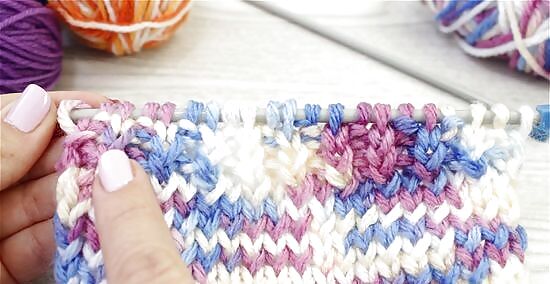
Add at least 2 rows of double stockinette for a similar stockinette pattern. Regular stockinette stitches curl really badly since all of the bumps from the purl stitches end up on one side while all of the wider bumps from the knit stitches are on the opposite side. To reduce the tension that causes this curling, work at least 2 rows of double stockinette when you reach your sweater's hem. To do double stockinette, knit 1 and bring the yarn to the front. Then, slip 1 stitch purlwise. Repeat this until you reach the end of your row.
Create a ribbed hem.
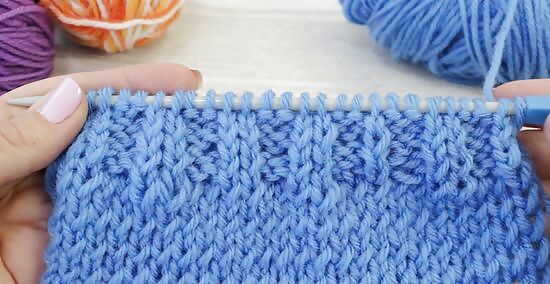
Work a rib stitch along the edge for a classic, textured hem. This is really useful if your sweater is worked in stockinette. To make a simple rib stitch, just knit 1, purl 1, and repeat it around the entire hem. This 1x1 rib won't be very noticeable if your sweater has tight stitches. Want the ribbed hem to stand out more? Try a 2x2 or 3x3 rib by working 2 knits, 2 purls, or 3 knits, 3 purls, etc. By working more knit and purl stitches, the ribbing will be wider.
Knit a folded hem.
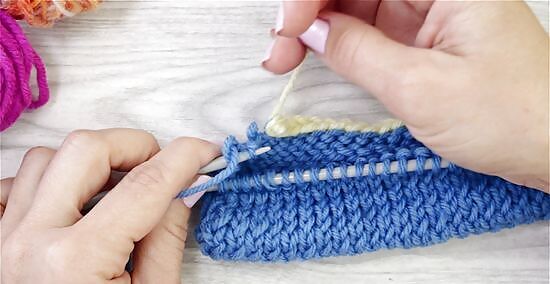
A folded hem gives your sweater a chic, polished look. Just fold the hem toward the wrong side of the sweater and insert your needle through the front stitch so it passes into the corresponding cast-on stitch. Knit the stitch and keep working along the hem till you reach where you started. If you'd like to define the hemline a little more, work a row of purl stitches where you want the crease of the hem to be. Once you fold and knit the hem, the purl row will become a smooth, straight edge.
Add a crochet edge along the hem.
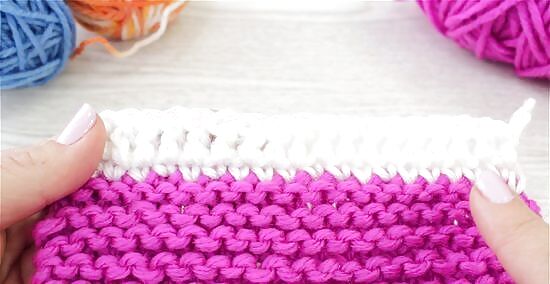
Crochet a few rows for a beautiful, lacy hem that pulls the hem down. Want to add a slightly different pattern to your sweater? Work a row of single crochet along the hem to give you a straight edge to work with. Then, go around the hem again and work a double crochet stitch or textured stitch along the hem. Try a puff stitch or star stitch to create a fun, bold hem. You can repeat the rows to make the hem as wide as you'd like.
Use a bulky yarn.
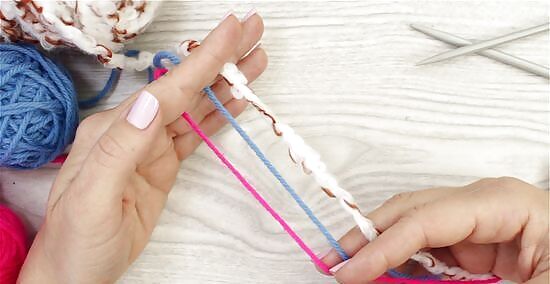
Go for a heavy-weight yarn to weigh down the sweater so it doesn't curl. Try to work with bulky, chunky, super-bulky, or jumbo-weight yarn to add the most weight to your sweater. If you're looking at yarn weight numbers, choose a 5, 6, or 7. Always read the package of yarn and your pattern to see the recommended needle size.
Work the hem on larger needles.

Use needles that are 1 size larger than your pattern calls for. This reduces the tension in your stitches so the fabric is less likely to curl. Just go up by 1 or 2 needle sizes when you work the hem to see the difference. Larger needles also make the fabric a little looser so the hem won't be as stiff as the rest of the sweater.
Block your sweater.
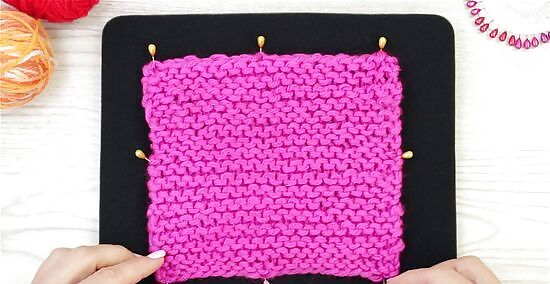
It's a temporary solution for a sweater that doesn't use stockinette. To block a non-stockinette stitch sweater, get it wet and lay it flat on a towel or foam board. Arrange the sweater so it lays flat and push pins through the hem so it stays in place. As the sweater dries the fabric will hold its shape. Working with an acrylic sweater? Instead of wet blocking it, lay the sweater flat and spread a wet cloth over it. Then, heat an iron on the acrylic setting and press it onto the cloth so it makes steam. Keep doing this so the steam makes the hem lie flat.
Add a fabric backing.
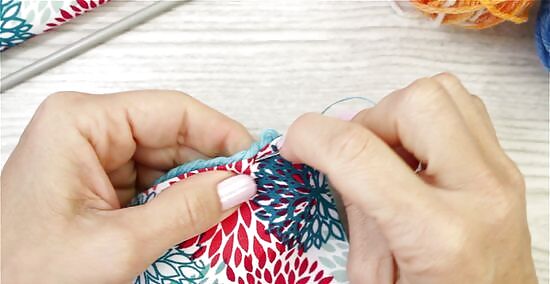
Cut a piece of fabric to match the size of your hem and sew it in place. Wash and dry the fabric and block your knit sweater so they won't shrink once you've sewn them together. Then, cut a strip of fabric so it's as long as your hem and sew it along the hem on the inside of the sweater. The added weight will help the sweater hang nicely. Choose a fabric like pre-shrunk cotton that you can easily wash and dry. Avoid delicate fabrics like silk for the backing. If you'd like to line the whole sweater, you can cut fabric to size and stitch it inside the garment instead.
Care for your sweater.
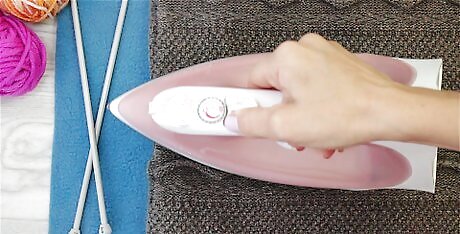
Wash and dry your sweater gently to avoid the hem curling. Always read the care instructions for your sweater or the yarn you used to knit the sweater. By using the right temperature of water—not too hot—and drying it with gentle heat, you can minimize rolling at the hem. When in doubt, wash your sweater by hand! You'll avoid damaging the fibers and your sweater will last a lot longer. This is especially important if you're washing a wool sweater and want to prevent it from shrinking. Lay the sweater flat on a towel to dry instead of tossing it in the dryer. You're essentially blocking the sweater as it dries so the hem lays flat. Steam the hem with an iron if the sweater starts to curl. Set your iron to your sweater's material and use the steam setting as you iron over the hem. This is one of the easiest ways to get the hem to stay smooth.



















Comments
0 comment